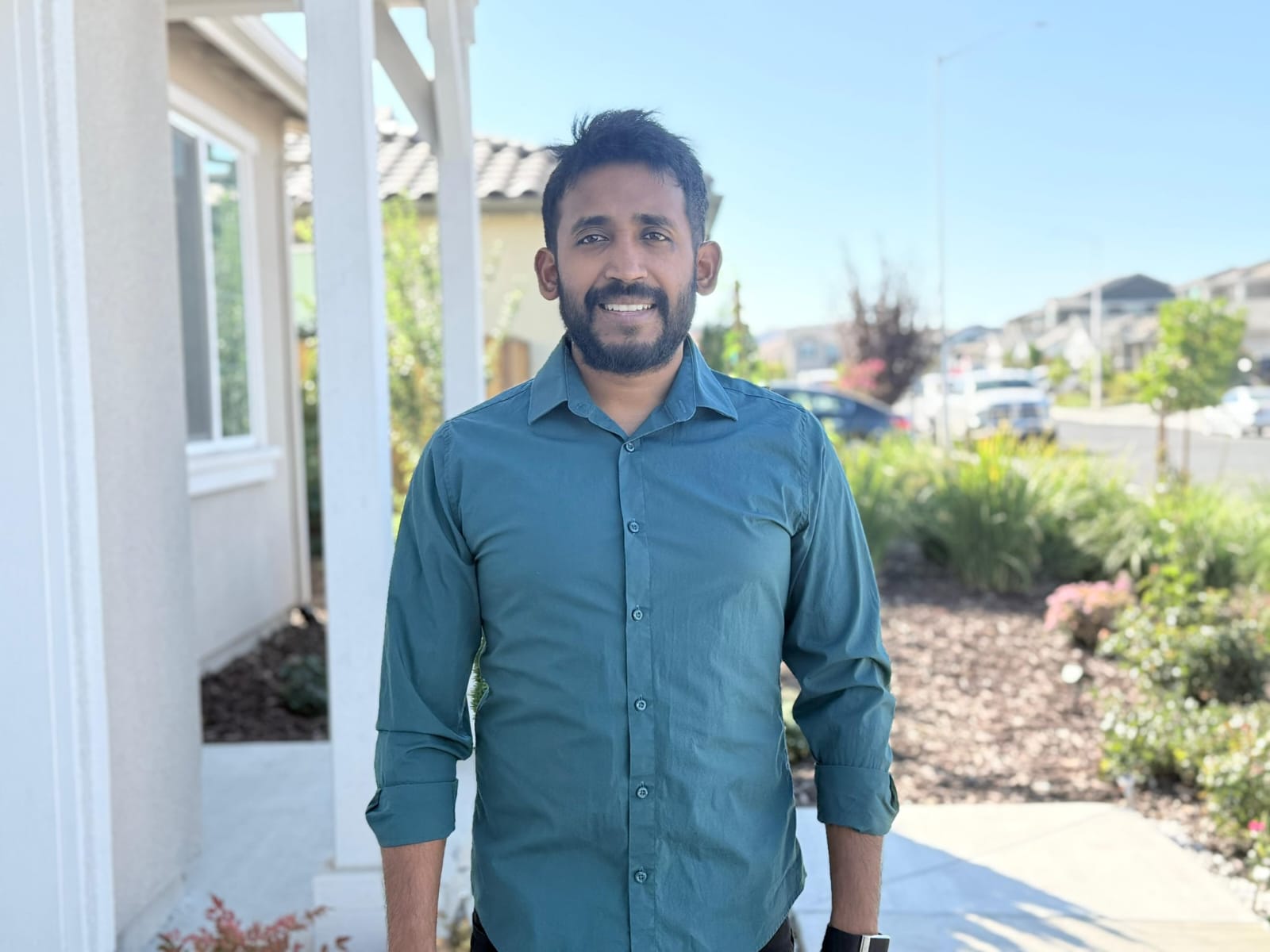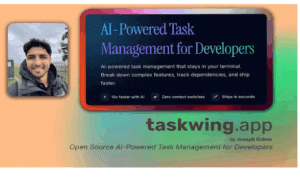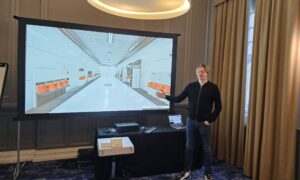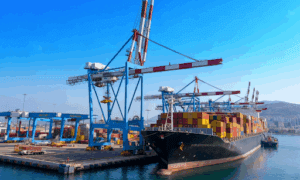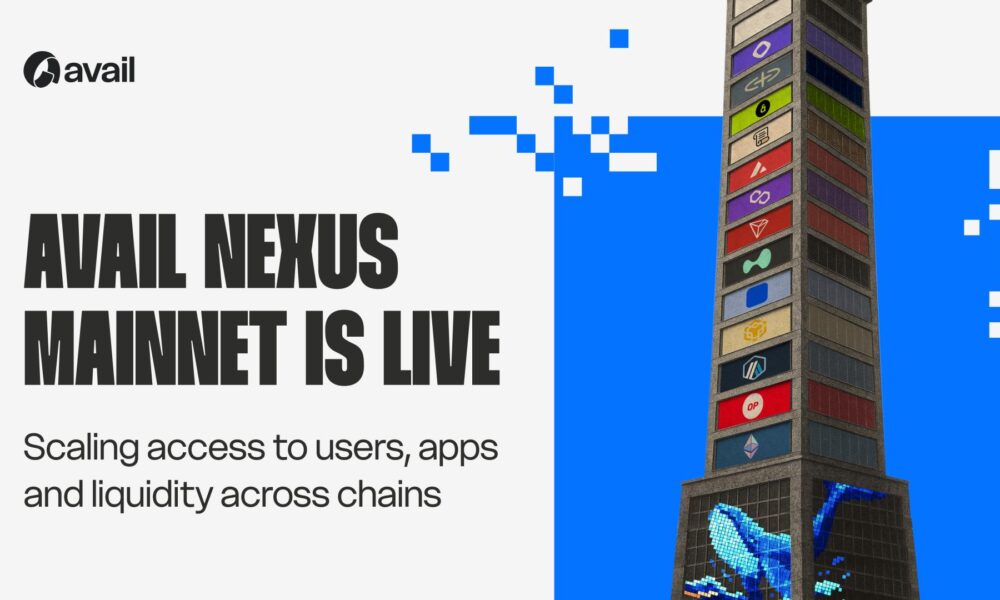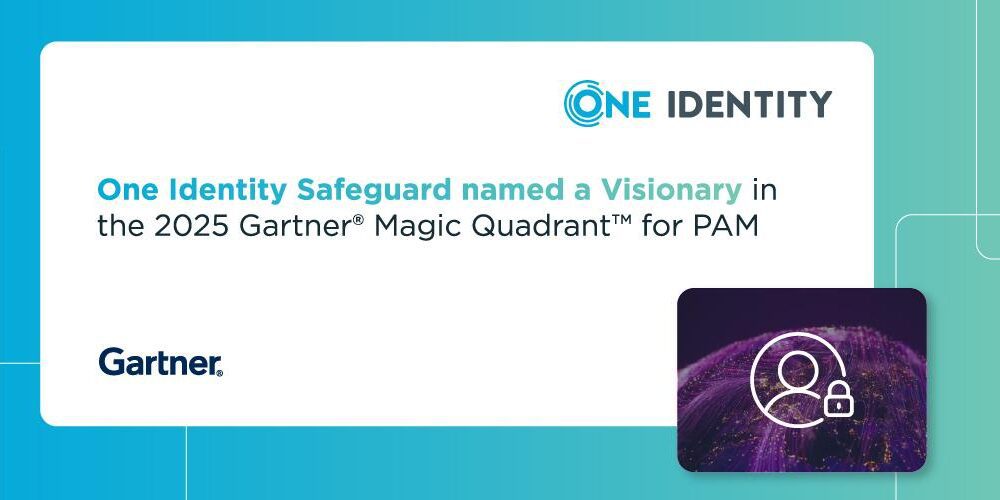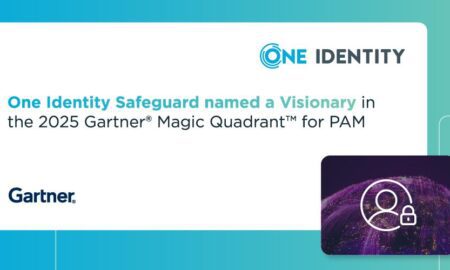Hyderabad-born technology leader Naga Surya Teja Thallam has built an extraordinary career journey, moving from managing Hadoop clusters in India to leading global cloud and AI infrastructure at Salesforce in Silicon Valley. With experience across Seagate, Cisco, and Salesforce, he has become one of the most respected voices in the world of cloud innovation. In this interview, he shares insights on his journey, leadership philosophy, and the future of cloud infrastructure.
From Hyderabad to Silicon Valley — how would you describe your journey in one line?
It has been about turning challenges into opportunities — from working with grassroots big data infrastructure to now driving global-scale cloud and AI innovations.
What first sparked your interest in cloud computing and infrastructure?
My fascination began with distributed systems. The idea that hundreds of machines could work together to solve problems that no single computer could handle was inspiring. Early work with Hadoop clusters showed me the power of scale. As cloud technology started evolving, I realized this was the future — building infrastructure that could scale globally and make advanced computing accessible to everyone.
You’ve worked at Seagate, Cisco, and Salesforce. What key lessons did each role teach you?
At Seagate, I learned the importance of reliability. Migrating petabytes of data and ensuring clusters ran smoothly taught me how critical stability is in supporting data science teams.
At Cisco, the lesson was cost and efficiency at scale. Managing infrastructure for thousands of enterprise customers made me realize that good design must balance performance with sustainability and cost savings.
At Salesforce, I have grown into a global leadership role. Leading an 18-member engineering team across more than 22 regions has taught me how to align technology, people, and processes to deliver complex outcomes at speed.
Can you share a project where you made a massive impact?
At Cisco, I redesigned the vAnalytics infrastructure from version 2 to version 3. That architectural shift alone saved the company more than $3 million annually in compute and storage costs.
How do you build infrastructure that is secure, automated, and globally reliable?
Automation is always the foundation. Infrastructure must be defined in code so it is consistent and repeatable. Security should be built-in from the beginning — with encryption, identity management, and strong guardrails. For global reliability, I design systems with regions and failure domains in mind, ensuring that even during outages, customers experience minimal disruption.
What’s the biggest challenge when leading infrastructure across regions?
The hardest part is not technology but alignment. Different regions bring unique compliance requirements, network realities, and cultural nuances across teams. The challenge lies in building infrastructure that is consistent enough to be automated, yet flexible enough to respect local realities.
How do you balance innovation with standardization?
I view innovation and standardization as complementary rather than opposing forces. Standardization provides stability and scale, while innovation drives growth. My approach is to create guardrails instead of walls — allowing engineers to experiment safely. Once a pattern proves successful, it is standardized into the platform.
Where is cloud infrastructure heading in the next decade?
Two major shifts are on the horizon. First, AI-driven infrastructure management, where systems can self-heal, self-scale, and self-optimize. Second, sustainability at scale. Power, cooling, and carbon footprint optimization will become just as important as latency and uptime. Future infrastructure leaders will be evaluated not just on availability, but also on environmental responsibility.
What qualities do you look for in engineers?
Curiosity, ownership, and humility. Curiosity to dig deep into complex problems, ownership to take them end-to-end, and humility to work collaboratively. At scale, no one person can know everything, so teamwork is what ensures reliability.
Outside of work, what inspires you?
My family keeps me grounded, especially time with my young child, which is a daily reminder of why I do what I do. I also enjoy gardening and cooking. Both are creative, hands-on outlets that balance the abstract nature of cloud work. Watching something grow — whether it is a plant or a platform — keeps me motivated.
One piece of advice for young engineers from India dreaming big?
Start small, but think big. My career began with maintaining Hadoop clusters, and today I lead global AI infrastructure. The key is consistency — keep learning, build strong fundamentals, and don’t be afraid to take risks. Opportunities will come, but preparation is what allows you to seize them.
Final Word
As per reports, From grassroots engineering in Hyderabad to global leadership in Silicon Valley, Naga Surya Teja Thallam’s journey highlights the growing influence of Indian talent in shaping the future of technology. His story reflects resilience, innovation, and a vision that is as much about scaling systems as it is about scaling dreams.
Read More From Techbullion

